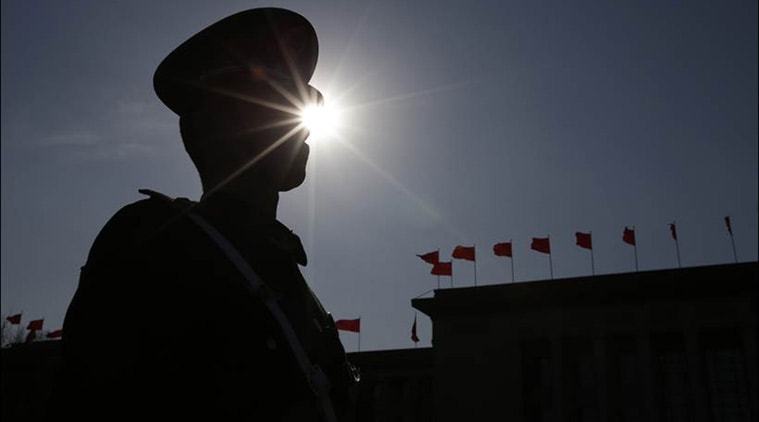 Chinese military carried out drills testing their logistics, armament support capabilities and military-civilian integration in Tibet. (Source: Reuters/Representational)
Chinese military carried out drills testing their logistics, armament support capabilities and military-civilian integration in Tibet. (Source: Reuters/Representational)
The People’s Liberation Army (PLA) units of the Chinese military carried out drills testing their logistics, armament support capabilities and military-civilian integration in Tibet, PTI quoted an official media report as saying today. This is the first such report of China’s military drills since the Doklam standoff between the two countries.
State-run ‘Global Times’, which reported the drill, also cited the PLA’s 13-hour-long exercise conducted at an elevation of 4,600 metres in August last year.
As per the report, analysts are calling the drill an important move towards building a military-civilian integration in the region. The cooperation of the local companies with the government will help in realising the nation’s goal to build a strong military in the future, the report said.
A local petroleum company supplied fuel whenever the armoured unit ran out of fuel and the Lhasa city government delivered a steady flow of food to soldiers, the report said.
The state-run Xinhua News Agency quoted Zhang Wenlong, head of the command logistics support department, as saying that the climate and topology of the Qinghai-Tibet Plateau posed challenges in providing soldiers with logistics and armament support.
To solve the difficulties in personnel survival, delivery, material supply, rescue, emergency maintenance and road safety, the military has adopted a military-civilian integration strategy and constantly advanced logistics support capabilities, added Zhang Wenlong, as per Xinhua.
“The biggest challenge of battle at the high altitude is to provide sustainable logistics and armament support. In the 1962 China-India border conflict, China failed to protect its fruits of victory due to poor logistics support. Although local Tibetan residents provided soldiers with temporary support, it was not sustainable,” Song Zhongping, a military expert, told the Global Times.
“The drill showed that military-civilian integration is a feasible strategy and could help form stronger combat power,” he added.